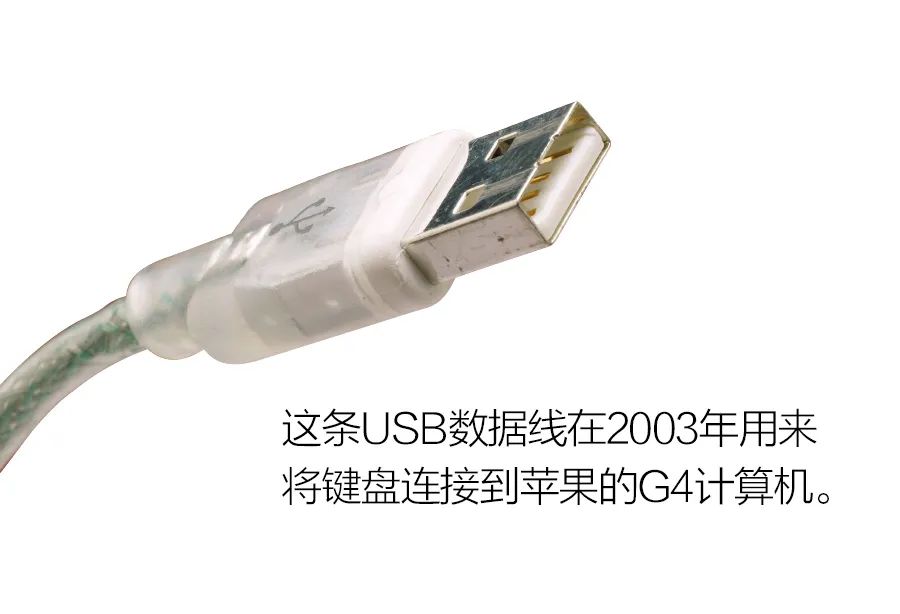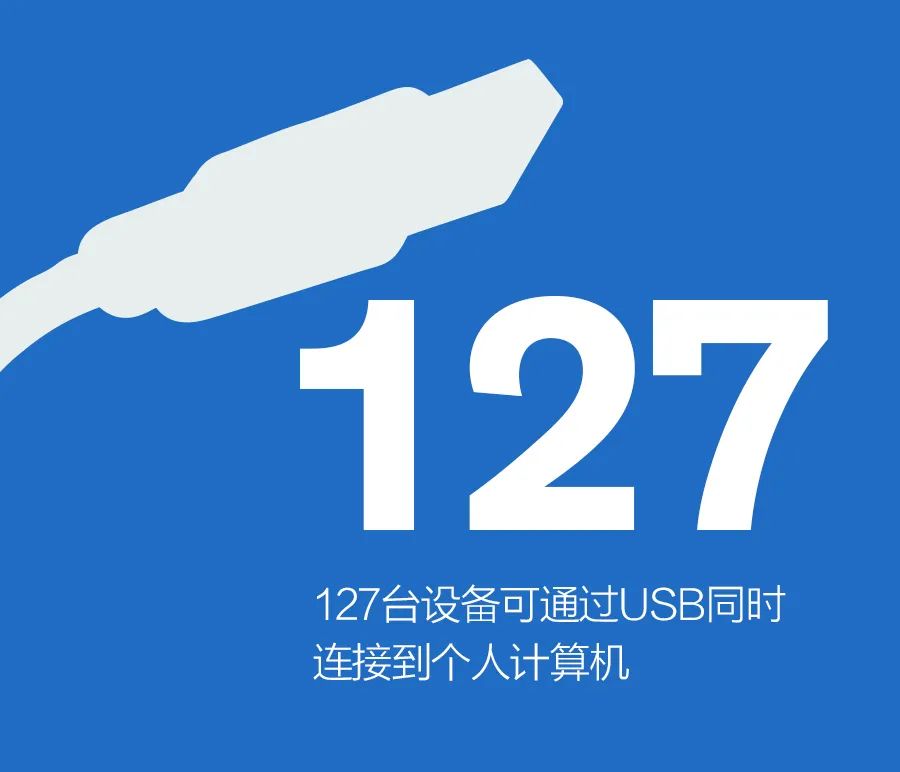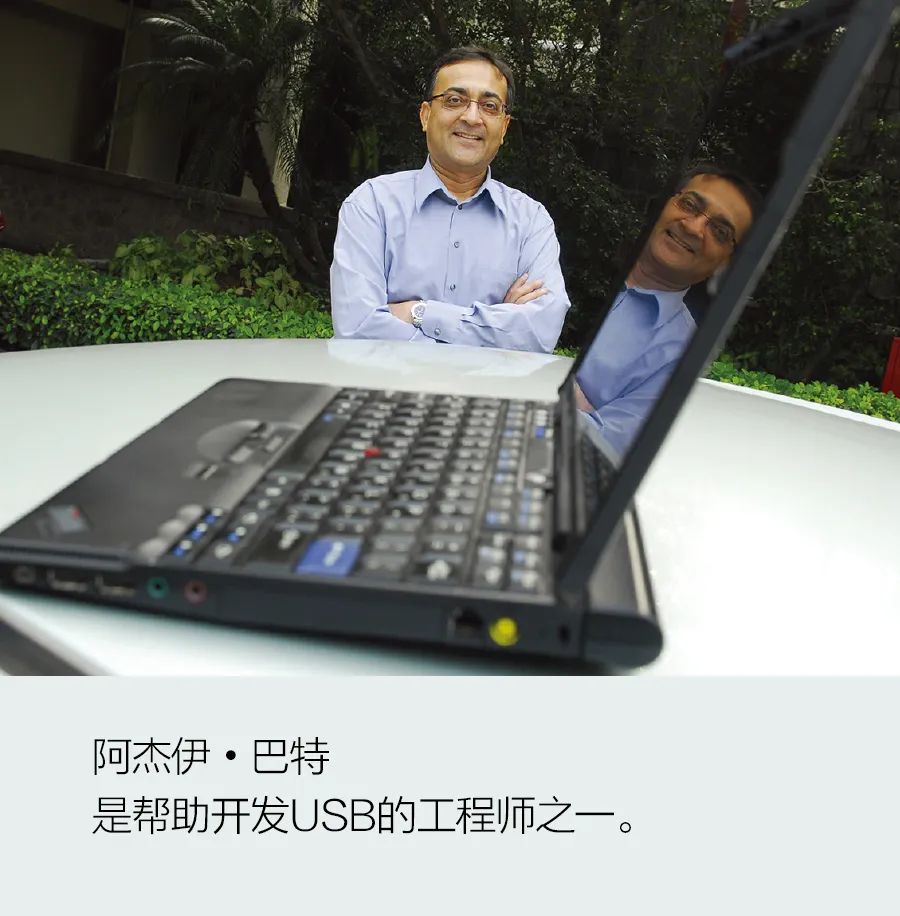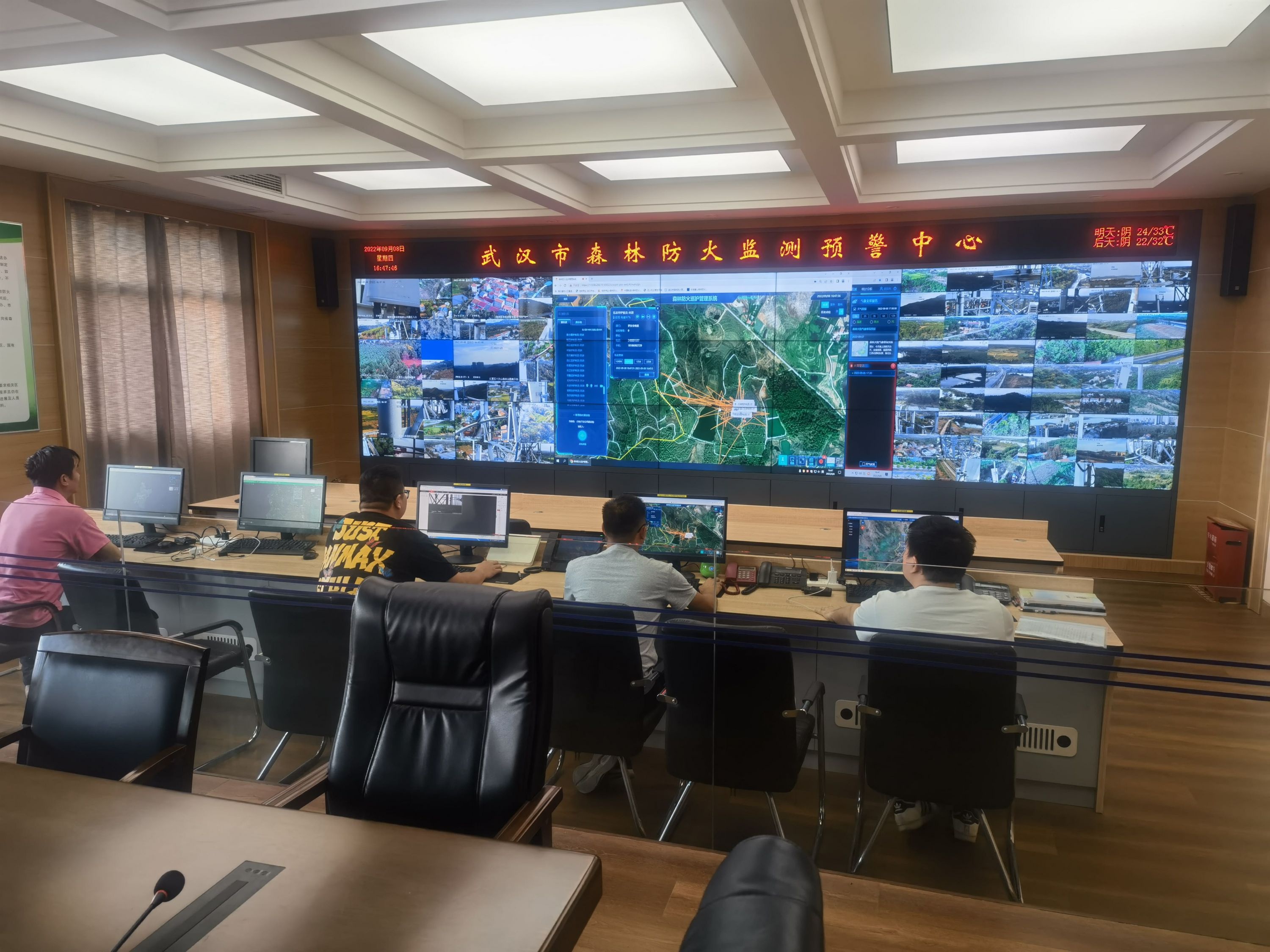How did USB born?
Author:Institute of Physics of the Ch Time:2022.09.03
This technology makes it possible to plug in the device.
Before the advent of USB, it is not easy to connect the camera, printer or other accessories to the computer. Users often need to open the computer, add hardware, and provide the required communication port.
The USB released by Intel in 1996 simplified this process. The USB port has now become a standard configuration for personal computers and is built in many electronic devices such as smartphones, e -book readers, and game consoles.

The ubiquitous USB standard has been awarded the IEEE Milestone Award.
Collaboration is the key
In the 1990s, consumers encountered many problems when connecting the peripherals into the computer. This is because many suppliers in the industry lack standards. The IEEE Milestone Awards also pointed out this in the entry of engineering and technical history Wikipedia. Another problem is that the number of input ports of most personal computers is limited and it is difficult to add more ports.
Ajay Batt, an Intel engineer who jointly developed a USB, said that even as a technical expert, he felt very difficult to upgrade his personal computer in the past.
"I looked at the architecture, thinking, do you know? There is a better way to use a computer, and the current method is too difficult." He said in an interview with Fast Company in 2019.
In the early 1990s, Bart told the boss the idea of developing universal plug -in and using the communication system, without any adjustment of users. However, his manager is not interested.
But Bart was enthusiastic about his thoughts and decided to join another research team in Intel. There, he got the "green light".
In 1992, Bart visited the Jones Farm Conference Center in Hilsbelle, Oregon. There, he saw engineers from different technology companies, and these engineers are also studying and developing plug -and -play plans. Engineers from Corbald, DEC, IBM, Intel, Microsoft, NEC and Nortel for Canada formed an alliance.
"The whole industry recognizes that this is a big problem that needs to be solved." Jim Pappas said in an Intel article about the USB interface. When they met, Papas was a DEC engineering manager, but he eventually joined Intel as the project manager of the USB development team.
From dream to reality
Before starting to develop USB, the team explored the available technologies on the market, such as Ethernet technology, audio interface, Apple's Geoport and IEEE 1394 (also known as Firewire fire line standard). But none of them meet all the requirements of the team, especially the low price, user -friendly, can supply power supply and provide a lot of bandwidth.
In order to reduce manufacturing costs, the USB designed by engineers uses a slender four -core cable with a length of 5 meters. The A connector at one end of the cable is inserted into the computer; the B connector at the other end is inserted into the peripheral.
At that time, computers usually did not power the peripherals. Most peripherals must be inserted into a power socket when connecting to personal computers. But USB allows computers to provide sufficient power for certain peripherals.
Another advantage of USB is that in principle, a personal computer is allowed to connect up to 127 peripherals at the same time. Of course, a computer cannot have 127 USB ports, but the number of available ports can be increased by adding USB hubs.

In 1995, the team released the first design. Papas told Fast Company that the speed of USB 1.0 is 12 trillion bits per second.
However, the team encountered a problem: for computer mouse, control rods, keyboards, and other attachments with non -shielding cables, the speed of 12 trillion Bit/second is too fast. So the engineer asked the USB 1.0 to support 1.5 trillion Bit/second communication, which solved this problem.
This method allows USB to use low -cost peripherals of non -shielding cables at low speed connections, and equipment that uses shielding cables at high speed connections, such as printers and soft disk drives.
USB 1.1 was released in 1996, but it became popular until it was exhibited at the Comdex Trade Fair in Las Vegas in 1998.
At the press conference at the time, the Intel team connected 127 exterior to a personal computer. Engineers hired Bill Nye to access the last device. In 2019, Papas said in a Fast Company interview that when Nae entered the device, the team immediately sent the file to various destination addresses to print. "The entire booth is full of various printers!" Papas said.
USB 1.1 was released in 1996 and became popular after two years. The delay between this is understandable, because the Microsoft Windows 98 released in June 1998 is the first operating system that supports USB. Two months later, Apple released IMAC. This computer has no floppy drive, but there is a pair of USB ports. Although Apple is not a company that develops USB projects, it helps the technology to become the mainstream.

Since then, the other three generations of USB have appeared. The latest USB 4.0 was released in 2019.
"Who would have thought that the connectors we defined in the early 1990s have been used to this day?" Bala Cadambi, who worked in the USB development team, said in an interview with Fast Company, "This is very rare. We have cost restrictions and performance restrictions. It is designed for desktop machines rather than smartphones. In retrospect, we have reached a goal and the test of time to withstand the test is really great. "IEEE Oregon Branch nominated for the milestone award nomination for the milestone award.Provided sponsorship.The milestone project was managed by the IEEE History Center and was supported by the donor, which aims to recognize the development of outstanding technology from all over the world.
Author: Joanna Goodrich
Reprinted content only represents the author's point of view
Does not represent the position of the Institute of Physics of the Chinese Academy of Sciences
If you need to reprint, please contact the original public account
Source: Yuezhi.com
Edit: Cloud Kaiye
- END -
In the early morning of the 15th, Saturn's performance rushed to the sun!You can still see "Jupiter Moon" that night
Astronomical enthusiasts can be full of eyes these days.The reporter learned from the Beijing Astronomical Museum that from August 15th to 18th, Tianyu will have sky phenomena such as Saturn, Jupiter
It is found that the fire can be tracked to the people, and the forest fire prevention is not careless in the Mid -Autumn Festival.

The Yangtze River Daily Da Wuhan Client September 8th (Reporter Peng Yuying Corres...